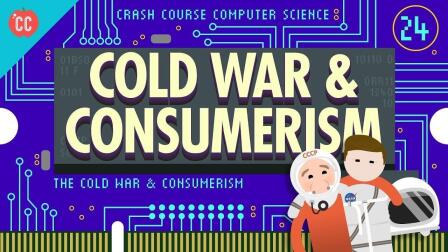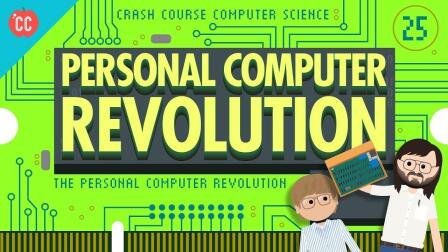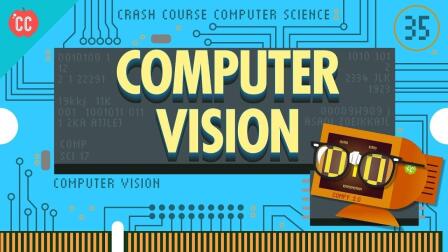Back to Show
Crash Course Computer Science
Screens & 2D Graphics: Crash Course Computer Science #23
Season 1
Episode 23
Today we begin our discussion of computer graphics. So we ended last episode with the proliferation of command line (or text) interfaces, which sometimes used screens, but typically electronic typewriters or teletypes onto paper. But by the early 1960s a number of technologies were introduced to make screens much more useful from cathode ray tubes and graphics cards to ASCII art and light pens. Th
Sign up now for inspiring and thought-provoking media delivered straight to your inbox.
Support Provided By

11:58
Today we start a three episode arc on the rise of a global telecommunications network.

12:23
Today we’re going to discuss how 3D graphics are created and rendered for a 2D screen.
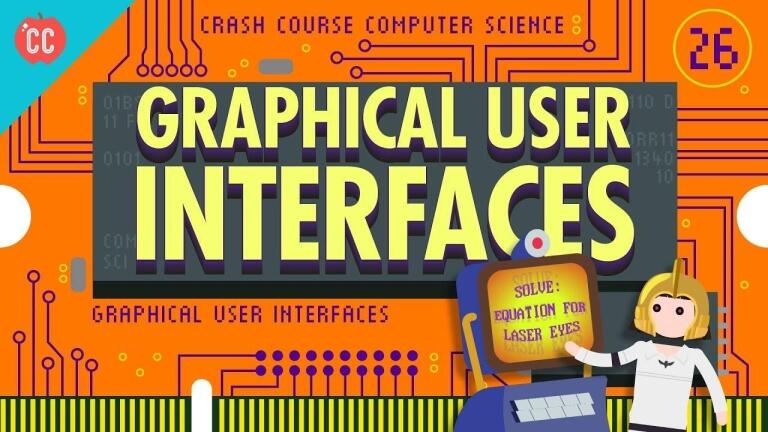
12:38
Today, we're going to discuss the critical role of graphical user interfaces.

10:15
Today we're going to talk about the birth of personal computing.

10:57
This is an era that saw huge government funded projects - like the race to the moon.

11:23
Today, we are going to start our discussion on user experience.

11:44
Today, we’re going to talk about lossless compression.
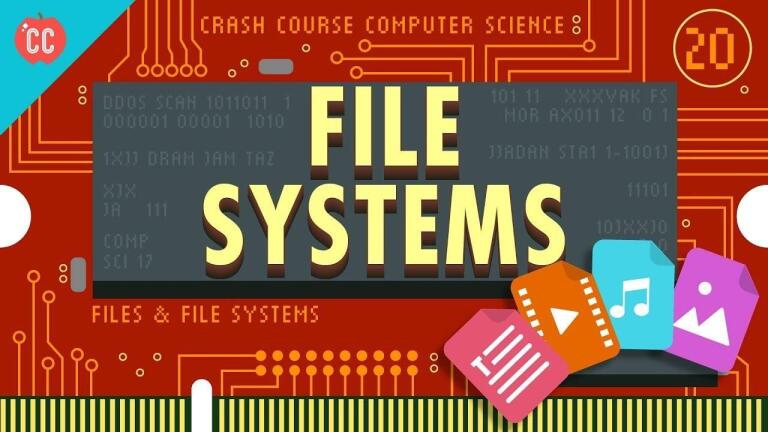
11:42
Today we’re going to look at how our computers read and interpret computer files.

12:17
Today we’re going to trace the history of these storage technologies.

12:55
Computers keep getting faster and faster...

12:29
So you may have heard of Moore's Law...

10:22
We'll talk about how large programs are typically broken up into into function units.
